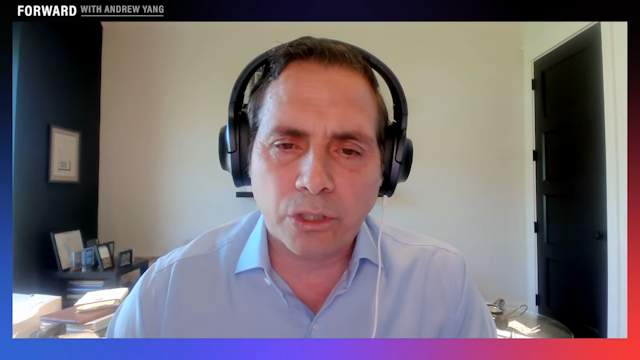DOD Joins VA and Academics to Combat TBI, PTSD, and Suicide among Veterans

Image credit: defense.gov
Leaders from across the Department of Defense and Veteran's Administration came together last week at the Military Health System Research Symposium to discuss the state of mental health care for military members and veterans. The discussion turned to the National Research Action Plan (NRAP), the product of an executive order signed by President Obama last year mandating improved mental health care for service members, their families, and veterans.
In response to the executive order, two new research consortia have been created, at a cost of $107 million, and while the cause is certainly a worthy one, it leads many to wonder where the money is going to come from in an already tight fiscal situation.
“The National Research Action Plan creates a common roadmap for medical leadership to follow as we move forward to work on incredibly complex issues,” said Colonel Dallas Hack, director of the Combat Casualty Care Research Program for the Army. Hack acknowledges that while there will never be a time that military medicine isn't coping with traumatic brain injuries (TBI), there is still much to be learned when it comes to TBI, Post Traumatic Stress Disorder (PTSD), and suicidal thoughts and actions, as well as how and why they tend to occur together.
According to a fact sheet put out by the Obama administration, since September 11, 2001, there have been more than 2.5 million service members who have served in Afghanistan and Iraq alone, with many more serving in other dangerous areas throughout the globe, which has significantly increased the number of service members and veterans coping with mental health issues.
The two new consortia are a collaboration between multiple government agencies as well as academic institutions.
“VA is proud to join with its partners in the federal government and the academic community to support the President’s vision and invest in research that could lead to innovative, new treatments for TBI and PTSD," Secretary of Veterans Affairs Eric K. Shinseki said in an August 10 press release. "We must do all we can to deliver the high-quality care our Service members and Veterans have earned and deserve.”
The NRAP will not only address PTSD and TBI, but also other co-occurring conditions such as substance abuse, depression, chronic pain, and suicidal thoughts and actions.
“The interrelationships between TBI, PTSD, and suicidality are complex, to say the least,” said Dr. Robert Ursano, director of the Uniformed Services University School of Medicine’s Center for the Study of Traumatic Stress. “In fact, I think it was this war that highlighted these areas in relation to each other, as a opportunity for further investigation for research and treatment.”
The Consortium to Alleviate PTSD is a collaboration between the Boston VA Medical Center, University of Texas Health Science Center – San Antonio, and the San Antonio Military Medical Center. The goal is to develop the most effective diagnostic, prognostic, novel treatment, and rehabilitative strategies to treat acute PTSD and prevent chronic PTSD.
Currently, the diagnostic criteria for PTSD is set forth in the DSM-V manual.
The Chronic Effects of Neurotrauma Consortium is a collaborative effort between the Richmond VA Medical Center, Virginia Commonwealth University, and the Uniformed Services University of the Health Sciences. The goal of this group is to examine the factors which influence the long term effects of mild TBI and other common conditions in order to improve diagnostic and treatment options.
Most service members with TBI present with a mild case and with treatment can have a full recovery.
These efforts, while worthy, come with a hefty price tag and the cost is only expected to increase over the next several years. However, the source of the funding is somewhat of a mystery, especially in the current financial situation that the federal government finds itself in.
“The plan lays out the next five years, but this is really a lifelong commitment,” said acting chief officer of the VA Office of Research and Development, Dr. Timothy O’Leary. “That is the promise we make to our warfighters.”
Exactly who is contributing what toward the bill is something that is being kept tightly under wraps. While the VA has been spared the squeeze of sequestration, the Department of Education, who funds the universities, and the defense department have not. While everyone can agree that it is a noble cause, the question remains: Can we afford this?



